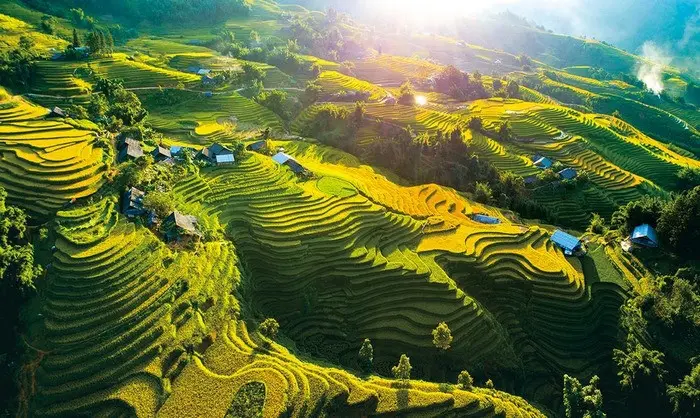Nestled in the misty mountains of northern Vietnam, Sapa is a dream destination for nature lovers, photographers, and culture seekers alike. Known for its terraced rice fields, ethnic minority villages, and cool climate, Sapa offers a completely different experience depending on the time of year. So, when is the best time to visit Sapa Vietnam?
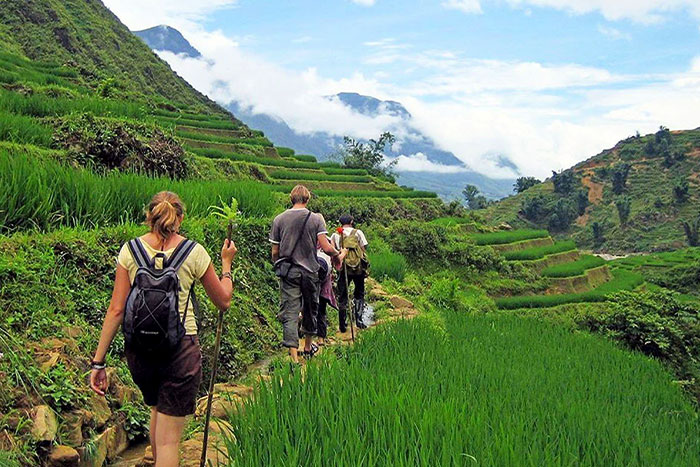
In this guide, we’ll explore the seasons of Sapa, the weather, the local festivals, and the best months for Sapa trekking and scenic experiences. Whether you’re planning a relaxing escape or an adventurous Sapa tour, timing is everything.
Overview: Climate in Sapa
Sapa lies at an altitude of about 1,500 meters above sea level. Unlike the tropical climate in most parts of Vietnam, Sapa experiences a temperate climate with four distinct seasons:

-
Spring (March to May) – Warm days, cool nights, and blooming flowers
-
Summer (June to August) – Hot, humid, with occasional heavy rain
-
Autumn (September to November) – Dry, crisp weather and golden rice fields
-
Winter (December to February) – Cold temperatures, mist, and even snowfall
Each season has its own charm, but some months are better than others depending on what you want to see and do.
Spring (March – May): Flowers and Clear Views
Spring is one of the most popular times to visit Sapa. During these months, the weather is pleasantly mild with average temperatures between 15–25°C. It’s also the time when cherry blossoms, peach flowers, and plum trees are in full bloom, adding color to the mountain scenery.
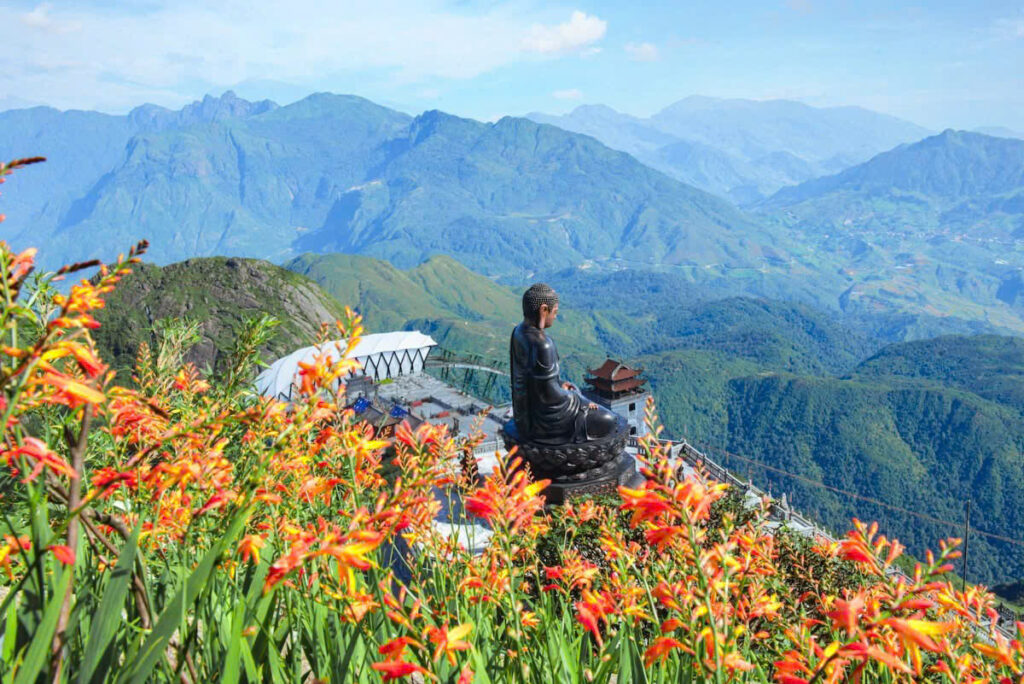
This is a fantastic season for Sapa trekking, especially for first-time visitors. Trails are dry, visibility is excellent, and you’ll have the chance to walk through blooming valleys and peaceful villages.
Highlights:
-
Great weather for trekking
-
Flower season (plum and cherry blossoms)
-
Ideal for cultural experiences in ethnic minority villages
Recommended for: Couples, photographers, and travelers who prefer mild weather and clear skies.
Summer (June – August): Lush Green Fields
While summer in Sapa is hot and humid, it’s also when the rice terraces are at their greenest. You’ll be treated to vivid landscapes of lush fields and thick forests. However, this is also the rainy season, so pack accordingly.
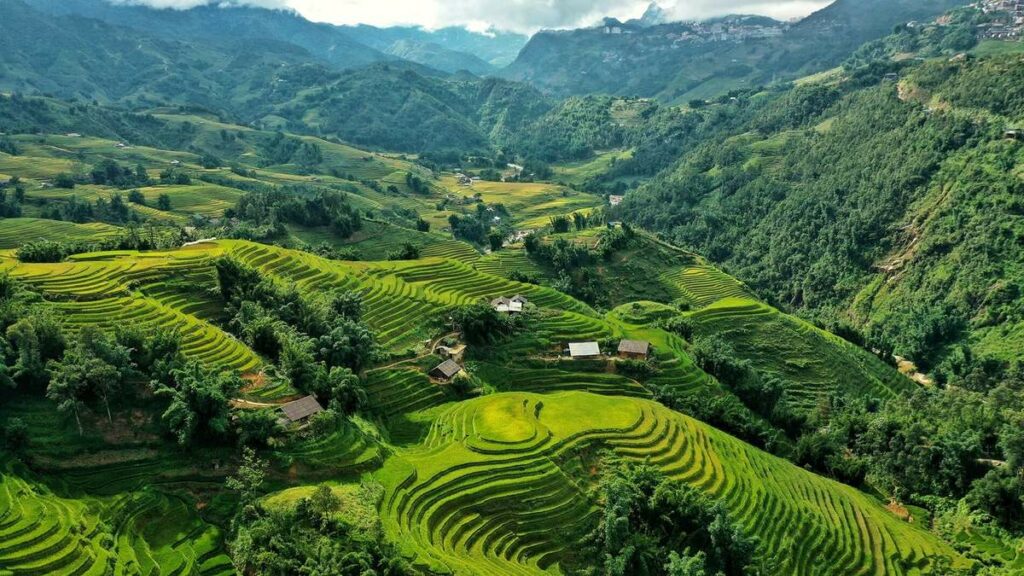
If you’re interested in experiencing daily life in the fields or want to see the traditional farming lifestyle up close, this is the perfect time to join a local Sapa tour with a guide who can take you to less touristy areas.
Highlights:
-
Green rice terraces
-
Fewer international tourists
-
Best for cultural immersion
Caution: Rain can cause slippery trails, which may affect some Sapa trekking routes.
Recommended for: Adventurous travelers and culture seekers.
Autumn (September – November): Golden Season
Ask any local, and they’ll likely tell you that autumn is the best time to visit Sapa. The weather is dry and cool, and most importantly, the rice terraces turn a brilliant golden color before harvest. The landscape is absolutely breathtaking—perfect for photography, trekking, and sightseeing.
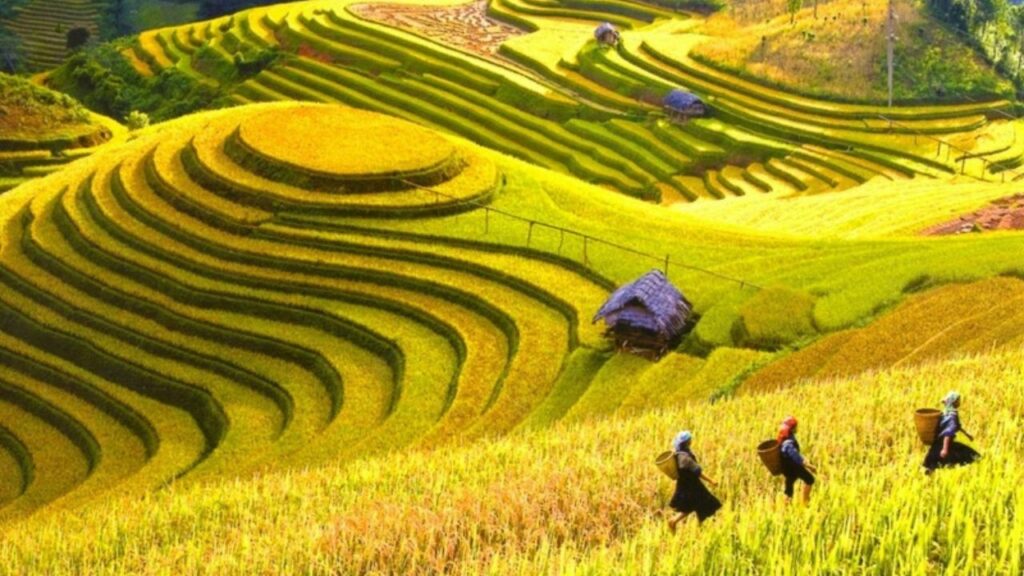
This is also the peak season for both local and international tourists, so it’s best to book your Sapa tour and accommodation in advance.
Highlights:
-
Golden rice terraces (September is best)
-
Crisp, dry air – ideal for trekking
-
Best for landscape photography
Recommended for: All types of travelers – especially those interested in hiking and scenery.
Winter (December – February): A Unique Experience
Sapa in winter is cold—temperatures can drop below 0°C at night, and there’s even a chance of snow, especially in January. While trekking may be more difficult due to mist and muddy paths, the winter landscape has its own quiet beauty.
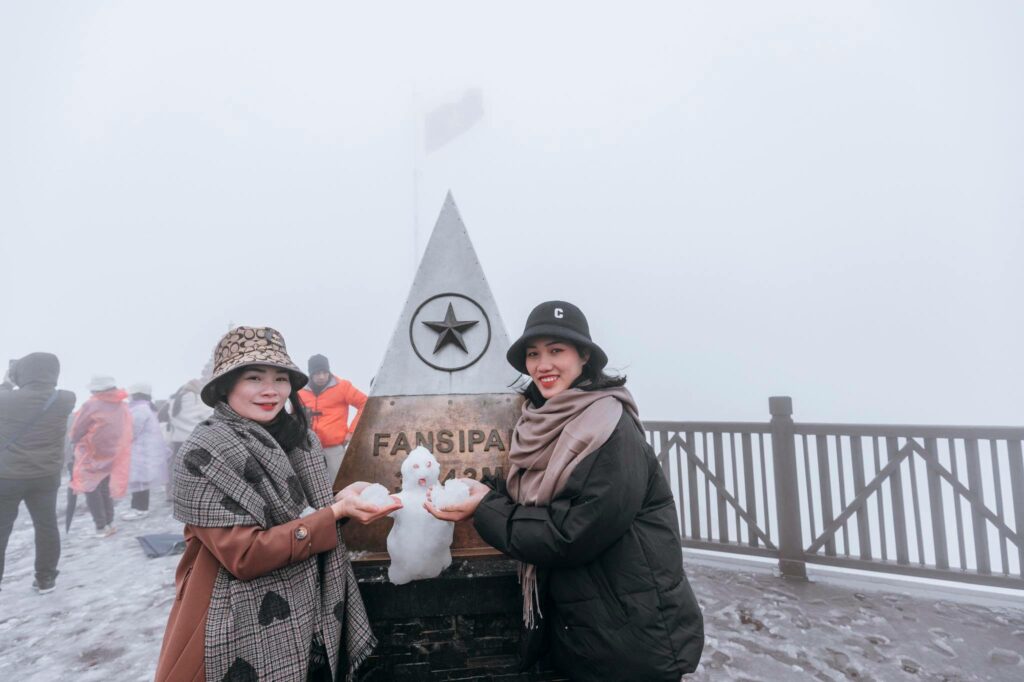
Travelers looking for a unique experience often choose winter for a peaceful Sapa tour far from the crowds. Just make sure to pack warm clothes!
Highlights:
-
Peaceful atmosphere, fewer tourists
-
Rare chance to see snow in Vietnam
-
Tet (Vietnamese Lunar New Year) celebrations in February
Recommended for: Experienced travelers, snow lovers, and those seeking an off-season escape.
Sapa Trekking: Best Months for Adventure
If Sapa trekking is high on your list, the best months are:
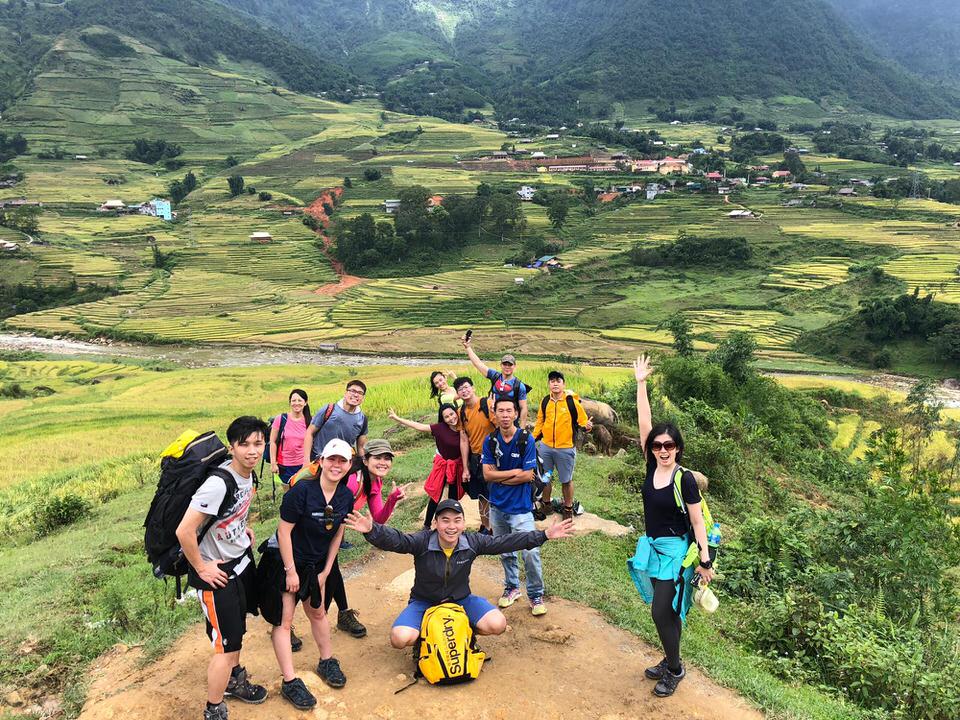
-
March to May: Dry trails, cool weather, clear views
-
September to November: Ideal temperature, golden rice fields, minimal rain
Avoid the wettest months of July and August if your main goal is hiking, as heavy rain can make some trails slippery and even unsafe.
Choosing the Right Sapa Tour
Whether you’re planning a short getaway or a multi-day journey, there are many types of Sapa tours to choose from:
Sapa 3D2N Tour – Best Nature & Culture Experience from Hanoi
-
Sapa 2D1N Tour: Ideal for those with limited time
-
Sapa 3D2N Tour: Allows deeper trekking and village visits
-
Private Sapa Tour: More flexible and personalized, perfect for families or couples
-
Sapa Homestay Tour: Stay with a local family for an authentic cultural experience
Look for tour providers that include experienced guides, ethnic village visits, and well-maintained trekking routes, especially if you’re traveling during the rainy or cold season.
Conclusion: When Should You Go?
So, what’s the best time to visit Sapa 2025?
-
For trekking and photography: March to May or September to November
-
For green landscapes and cultural life: June to August
-
For a unique winter vibe: December to February
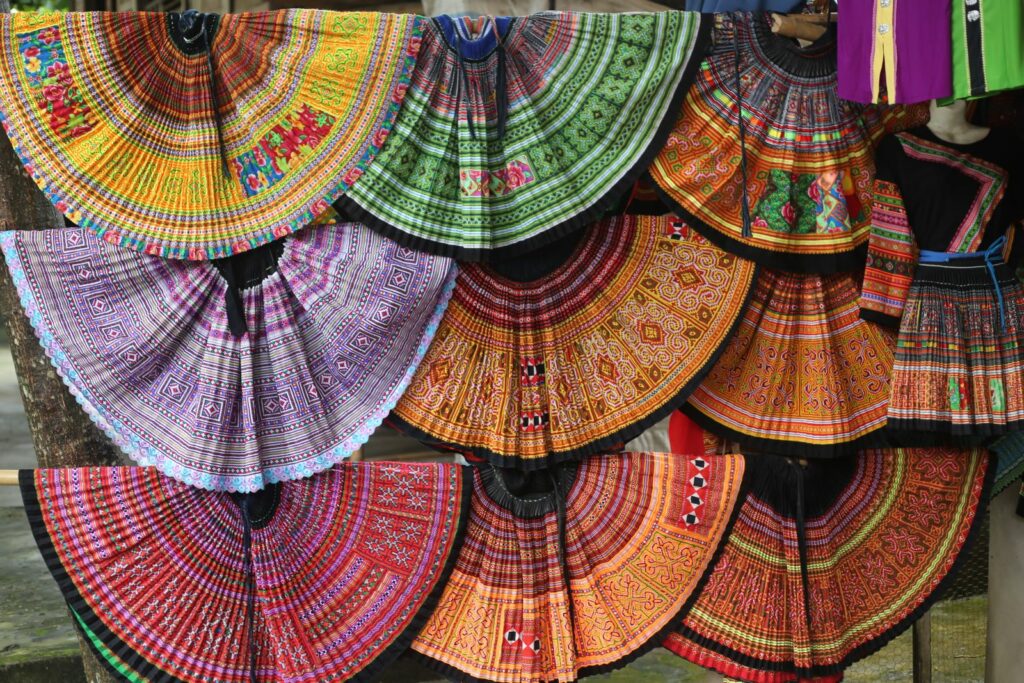
Sapa is a destination that changes dramatically with the seasons. Whether you’re there to hike the hills, explore minority culture, or simply relax and take in the views, choosing the right time can elevate your experience.
No matter when you go, a well-planned Sapa tour will help you uncover the charm and hidden beauty of this magical mountain town.
Ready to explore the mountains of northern Vietnam? Book your Sapa tour now and experience the best of each season — from golden rice terraces to scenic Sapa trekking routes. Let the journey begin!




